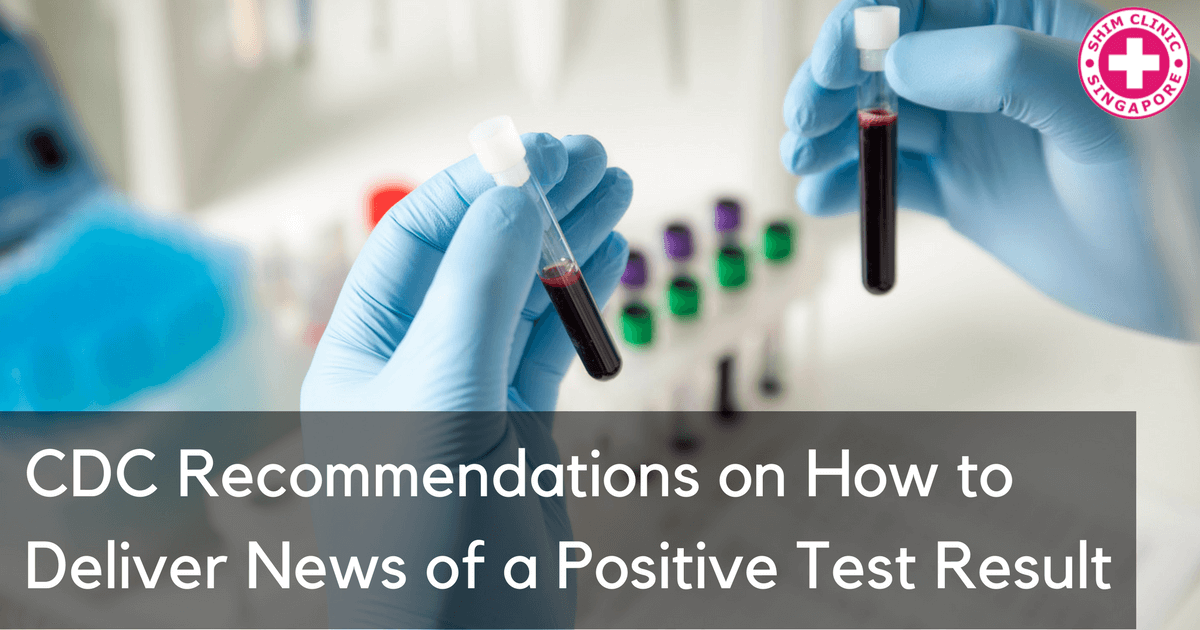The manner in which physicians deliver news of a positive HIV test will determine how the patient deals with it psychologically and what they do with the news afterwards. It will also affect their decision to come back for further tests and treatment.
It’s therefore important that whoever gets to inform an individual that they are HIV positive does it in a careful manner. The Centers for Disease Control and Prevention (CDC) has a few recommended procedures in delivering such news.
CDC Recommendations
- All HIV testing centers should put in place definitive mechanisms on how to inform patients of their HIV test results.
- Physicians should clearly understand the basic details of HIV, management and treatment before they are allowed to deliver news of a positive test. This is because they should be able to answer any questions the patients may have. They are also the ones who will be responsible of explaining to the patients what it means to have HIV to help the patient understand and accept the diagnosis.
- The news should be delivered in person by the clinician who ordered the test.
- News should be delivered confidentially and in a direct and neutral tone.
- The clinician should immediately inform the patient on how to live positively and the availability of HIV medical care and treatment.
- After delivering the news, the patient should be sent for a full evaluation, booked for follow-up and placed on management.
- The clinician should explain on the use of antiretroviral treatment (ARVs) and encourage the patient to start treatment as soon as possible after the diagnosis. If the testing center is not equipped to place the individual on initial ARV treatment, the physician should refer the patient to an HIV specialist.
- Physicians should be sensitive to a patient’s reaction to the news of a positive test. They should expect varied reactions and be ready to deal with each patient accordingly. The physician should be supportive and provide the patient with all the information that they require.
HIV Screening at Health-Care Settings
The CDC encourages physicians to talk to patients, who walk into a health facility for other tests other than HIV, about the benefits of routing HIV and STD testing. Physicians are encouraged to screen for HIV should they suspect risk of infection. The patient should then be notified of the test and given the chance to opt out of it.
CDC recommends that clinicians conduct routine HIV screening at health care settings for both adolescents and adults. The recommended ages for screening are 13-64 years.
Most people screened at health care settings will normally have negative results, however, in a bid to fight new cases of infection and to encourage immediate HIV treatment, it’s important that people are tested regularly.
The earlier diagnosis is done, the higher the chances of a HIV positive patient living a longer and healthier life. Early treatment has been linked to lower viral load which not only keeps the patient from getting opportunistic infections but also lowers their chances of transmitting the virus to uninfected people. Early treatment like HIV PEP has also been seen to prevent HIV from progressing to AIDS.

